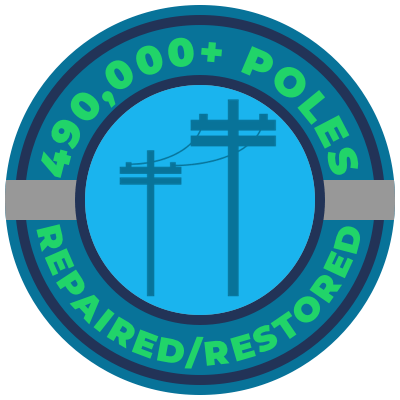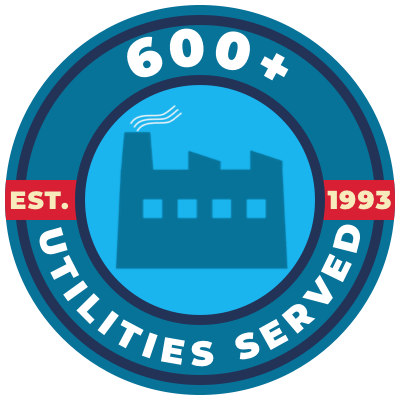The solution for damaged concrete infrastructure
How does concrete infrastructure get damaged?
Although the reasons leading to concrete deterioration may vary, concrete damage is often the result of a combination of factors. Here is an overview explaining the potential causes and the factors that influence them.
1. Corrosion of embedded metals:
Corrosion of reinforcing steel and other embedded metals is the leading cause of concrete deterioration. When steel corrodes, the resulting rust occupies a greater volume than the steel. This expansion creates tensile stresses in the concrete, which may eventually cause cracking, delamination, and spalling.
2. Freeze-thaw deterioration:
When the water in moist concrete freezes, it expands and produces pressure in the concrete's capillaries and pores. If the pressure exceeds the concrete's tensile strength, the cavity will dilate and rupture. The accumulative effect of successive freeze-thaw cycles and disruption of paste and aggregate may eventually cause significant expansion leading to concrete cracking, scaling, and crumbling of the concrete.
3. Abrasion/erosion:
Abrasion damage occurs when the concrete's surface is unable to resist wear caused by friction. As the outer paste of concrete wears, the fine and coarse aggregate is exposed, and abrasion and impact will cause additional degradation related to aggregate-to-paste bond strength and hardness of the aggregate. Although wind-borne particles can cause concrete abrasion, the two most damaging forms of abrasion occur on vehicular traffic surfaces and in hydraulic structures, such as spillways, tunnels, and dams.
4. Fire/heat:
Concrete performs exceptionally well at temperatures encountered in nearly all applications. However, concrete can lose strength and stiffness when exposed to unusually high temperatures.
5. Restraint to volume changes:
Concrete can change in volume for various reasons, the most common causes being fluctuations in temperature and moisture content. Restraint to volume changes, especially contraction, may cause cracking if the tensile stresses that develop exceed the concrete's tensile strength.
6. Overload and impact:
Properly designed and constructed concrete members are usually strong enough to support the intended loads. But overloading can occur for various reasons, such as a change in use of a structure without proper structural upgrades, unintentional overloading, or other unusual circumstances. Earthquake damage is a classic example of the overloading of concrete structures. Overload damage may occur during construction when concrete has not yet reached design strength. Errors in post-tensioned construction, such as improperly timed or sequenced strand release, may also cause overload cracking. Damage caused by impact is another form of overload. A common state of impact overload often occurs at the joints' slab edges on vehicular traffic surfaces.
7. Loss of support:
Loss of support beneath concrete structures can cause various problems, from cracking and performance issues to structural failure. Loss of support may also occur during construction due to premature removal of forms or inadequate formwork support.
Repair these damaged concrete structures with CPR (Concrete Products Repair)
- With concrete poles for electricity distribution, CPR is used to fill any holes or cracks quickly and easily. The same holds valid for concrete poles for lighting.
- Cracked and broken curbs are not only unsightly, but they are also a trip-and-fall hazard. CPR can patch, fix, and renew damaged concrete curbs. In the same way, dilapidated transformer pads can be repaired.
- Even the most routine utility vault-related tasks are fraught with danger, from high-voltage electrical cables to aging infrastructure. Even though they are constructed from reinforced concrete boxes or poured concrete, utility vaults can still suffer from wear and tear. Keep your utility workers safe and make their workplace as good as new by mending any crumbling spots with CPR.
- Reinforced concrete is most commonly used in bridge construction. However, concrete bridges are known to be highly susceptible to deterioration. Concrete repair work is thus a critical aspect of utility and infrastructure management.
Concrete Products Repair (CPR) is a high-strength, two-component formula that is the easiest and strongest structural repair and restoration solution for damaged concrete infrastructure. This versatile product can repair and strengthen concrete utility poles, curbs, damaged bridges, tower foundations, transformer pads, underground vaults, and manholes.
The concrete repair product CPR is ideal for repairing damaged concrete infrastructure in a fast and affordable way. For more information or to place an order,
contact us today.



